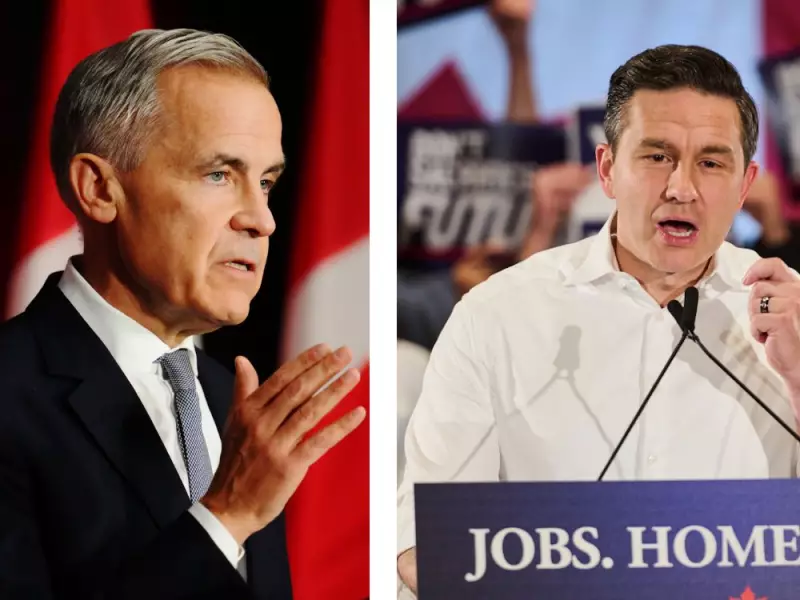
Two of Canada's most prominent political figures are courting the youth vote with dramatically different styles, revealing a fundamental divide in how they view the challenges facing younger generations.
The Poilievre Approach: Direct and Disruptive
Conservative Leader Pierre Poilievre has perfected a communication style that resonates deeply with young Canadians feeling economically squeezed. His message is blunt, relatable, and often delivered with viral-ready soundbites.
Key elements of Poilievre's youth outreach:
- Direct language about "working for the people who do the work"
- Focus on kitchen-table issues like housing affordability and inflation
- Social media savvy with meme-friendly content
- Anti-establishment rhetoric targeting "the gatekeepers"
The Carney Method: Global and Academic
Former Bank of Canada governor Mark Carney, often mentioned as a potential Liberal leadership candidate, takes a markedly different approach. His communication style reflects his international financial background and academic precision.
Characteristics of Carney's messaging:
- Emphasis on global economic trends and climate finance
- Policy-heavy language with detailed economic analysis
- References to international institutions and frameworks
- Focus on long-term structural solutions
Bridging the Generation Gap
The contrast between these approaches highlights a central question in Canadian politics: how to effectively engage a generation grappling with unprecedented economic challenges. While Poilievre speaks to immediate frustrations about housing costs and stagnant wages, Carney addresses systemic issues with global perspective.
Young Canadians are increasingly becoming the deciding factor in federal elections, making this communication battle crucial for both major parties. The party that successfully bridges this generational divide may well determine Canada's political future.
As the next federal election approaches, watch for both styles to evolve as they compete for the attention and trust of millennials and Gen Z voters who feel increasingly disillusioned with traditional politics.





